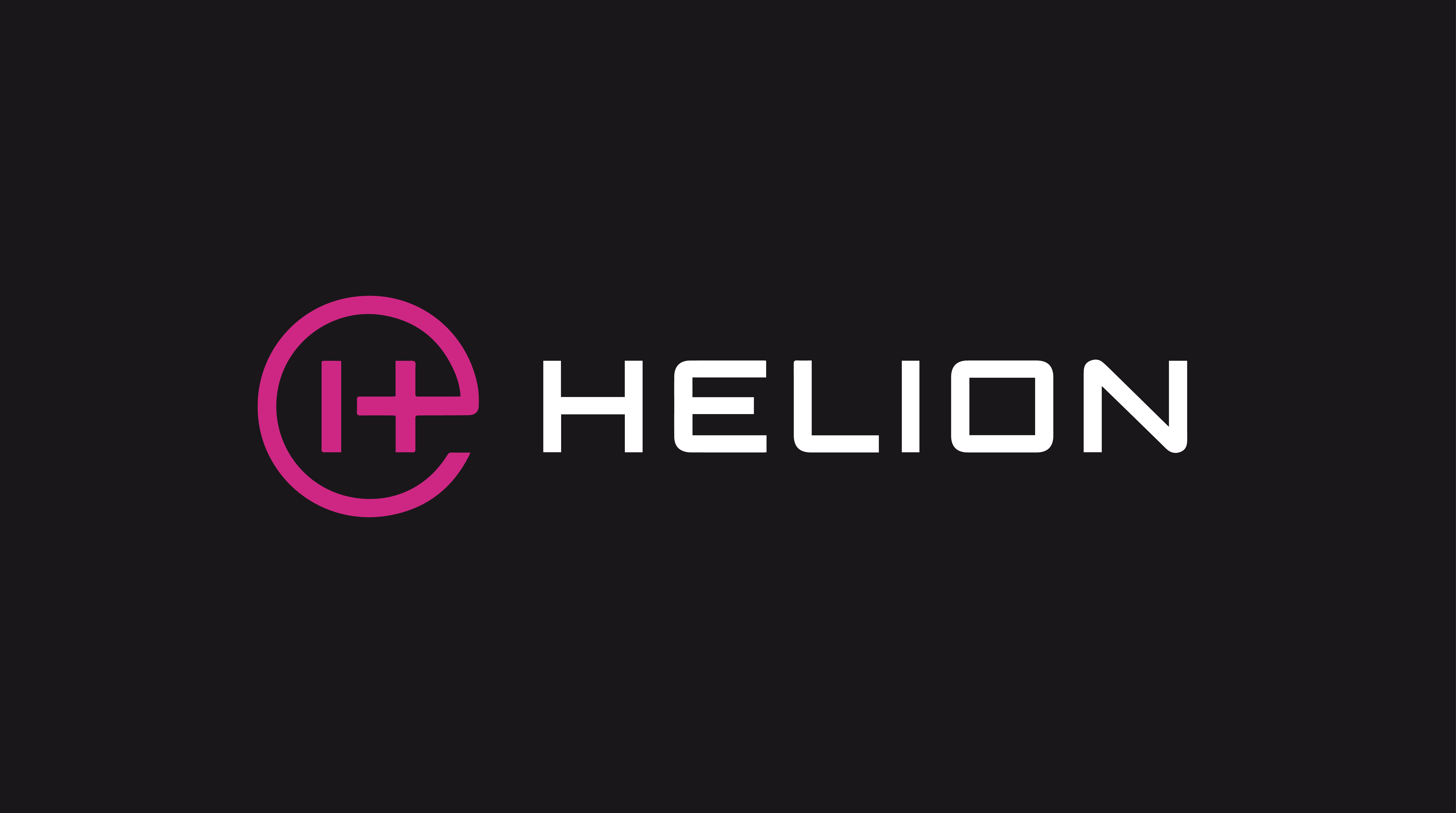The Prototype: One Step Closer To Fusion Power
-
This post did not contain any content.

The Prototype: One Step Closer To Fusion Power
In this week’s edition of The Prototype, we look at new advances in fusion power, how the new budget bill undermines clean energy, a new trick to treat autoimmune diseases and more.

Forbes (www.forbes.com)
-
This post did not contain any content.

The Prototype: One Step Closer To Fusion Power
In this week’s edition of The Prototype, we look at new advances in fusion power, how the new budget bill undermines clean energy, a new trick to treat autoimmune diseases and more.

Forbes (www.forbes.com)
Theres no way in hell the US will be anywhere close to first in developing stable fusion power. Projects in Europe and Asia are lightyears ahead of us here, where we dont even have a reactor capable of producing a stable reaction. Meanwhile in Korea I think they have managed to achieve a stable reaction for over 10 minutes already. Who knows where China is at, although they likely have the largest facility working on it.
Weve already lost the race thanks to our obsession with yesterday’s energy methods
-
Theres no way in hell the US will be anywhere close to first in developing stable fusion power. Projects in Europe and Asia are lightyears ahead of us here, where we dont even have a reactor capable of producing a stable reaction. Meanwhile in Korea I think they have managed to achieve a stable reaction for over 10 minutes already. Who knows where China is at, although they likely have the largest facility working on it.
Weve already lost the race thanks to our obsession with yesterday’s energy methods
I was curious about this, so I tried to find out what the record for KSTAR was to date. In my research I found that it ran for 48 seconds in ‘24. The goal is to able to run it for 300 seconds by ‘26, but they have not attempted this.
Although for Plasma generation we’ve achieved much longer run times in both the east (1,066s) and west (1,337s)
-
Theres no way in hell the US will be anywhere close to first in developing stable fusion power. Projects in Europe and Asia are lightyears ahead of us here, where we dont even have a reactor capable of producing a stable reaction. Meanwhile in Korea I think they have managed to achieve a stable reaction for over 10 minutes already. Who knows where China is at, although they likely have the largest facility working on it.
Weve already lost the race thanks to our obsession with yesterday’s energy methods
Theres no way in hell the US will be anywhere close to first in developing stable fusion power.
Looking at the projects underway I agree with you, however the US was the first to produce a nuclear fusion reaction with a net positive energy result at the NIF in 2022. source The subsequent 5 events have increase net positive yields significantly with the 2025 experiment yielding more than 200% net energy gain.
To be able to create a energy net positive even on-demand has to be very helpful for research. I don't know of any other country that is capable of doing that yet.
-
Theres no way in hell the US will be anywhere close to first in developing stable fusion power. Projects in Europe and Asia are lightyears ahead of us here, where we dont even have a reactor capable of producing a stable reaction. Meanwhile in Korea I think they have managed to achieve a stable reaction for over 10 minutes already. Who knows where China is at, although they likely have the largest facility working on it.
Weve already lost the race thanks to our obsession with yesterday’s energy methods
Helion is saying 2028 for their first 50MW plant.
-
Theres no way in hell the US will be anywhere close to first in developing stable fusion power. Projects in Europe and Asia are lightyears ahead of us here, where we dont even have a reactor capable of producing a stable reaction. Meanwhile in Korea I think they have managed to achieve a stable reaction for over 10 minutes already. Who knows where China is at, although they likely have the largest facility working on it.
Weve already lost the race thanks to our obsession with yesterday’s energy methods
You're forgettinf the simplest reason using Occams Razor. Nuclear energy would have bitten into Oil and Gas. Definitely helped lobby against nuclear power in western countries where companies have as much power as governments.
-
Theres no way in hell the US will be anywhere close to first in developing stable fusion power. Projects in Europe and Asia are lightyears ahead of us here, where we dont even have a reactor capable of producing a stable reaction. Meanwhile in Korea I think they have managed to achieve a stable reaction for over 10 minutes already. Who knows where China is at, although they likely have the largest facility working on it.
Weve already lost the race thanks to our obsession with yesterday’s energy methods
As someone else mentioned:
Helion Energy:
Located in Everett, Helion is developing a magneto-inertial fusion technology and has announced plans for the world's first fusion power plant in Washington State. They have also secured a significant investment and a power purchase agreement with Microsoft for electricity from their fusion plant.Zap Energy:
Also based in Everett, Zap Energy is focusing on developing affordable, compact, and scalable fusion energy technology. They are working towards a commercially viable fusion energy solution and have received visits from state leaders to witness their progress.Avalanche Energy:
Avalanche is planning a facility in Eastern Washington for commercial-scale testing of radioactive fusion technologies, according to GeekWire.






